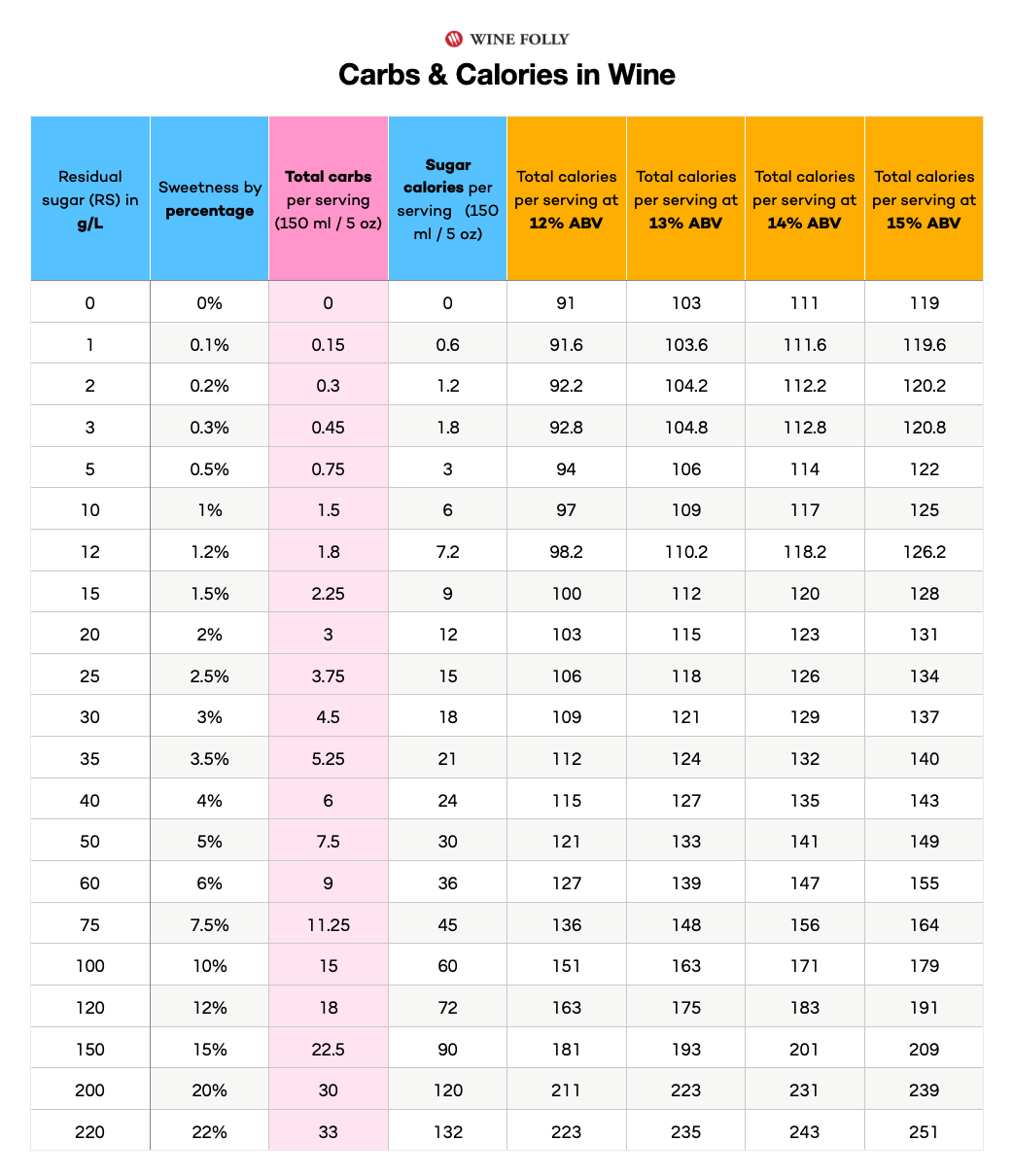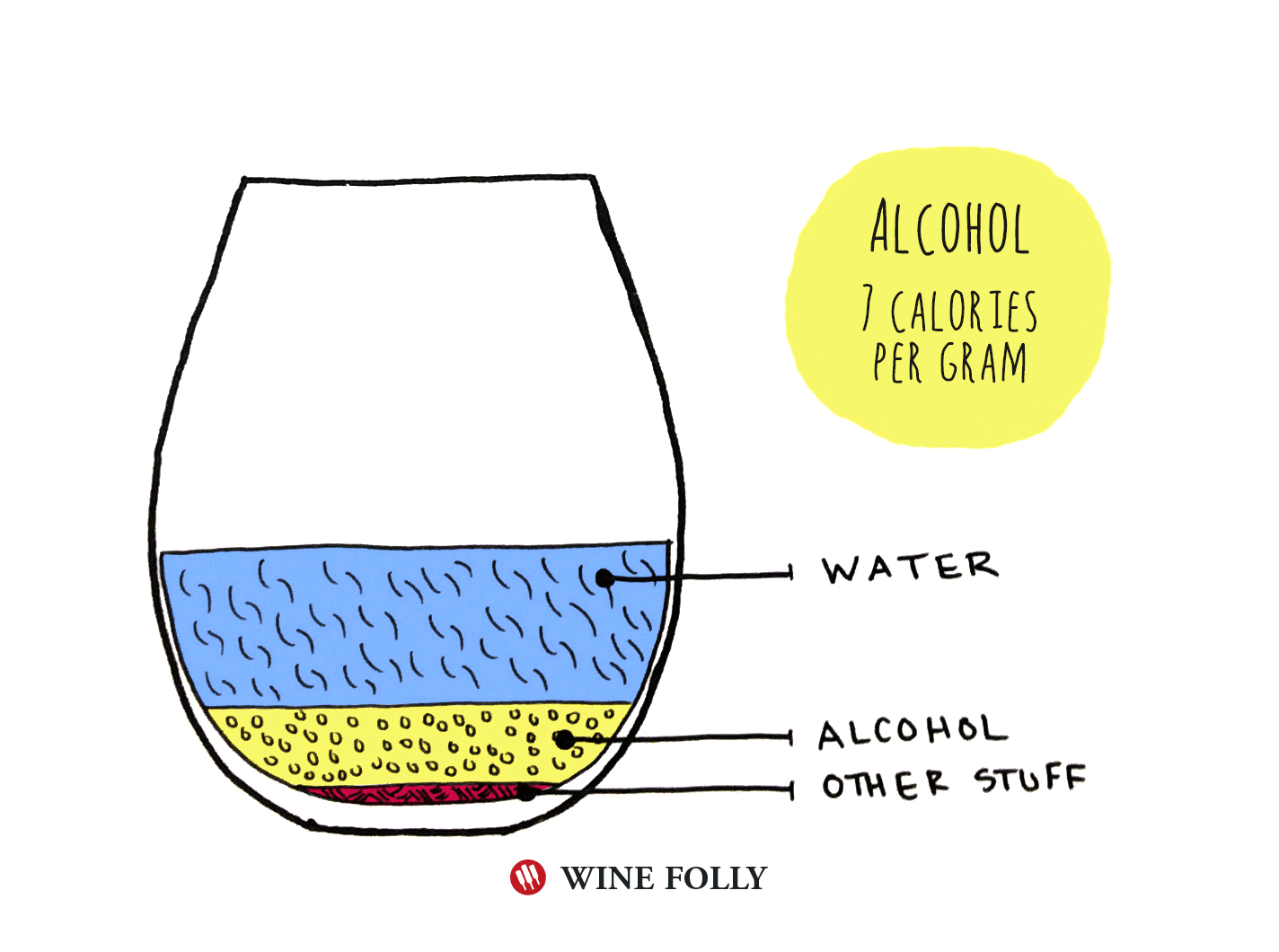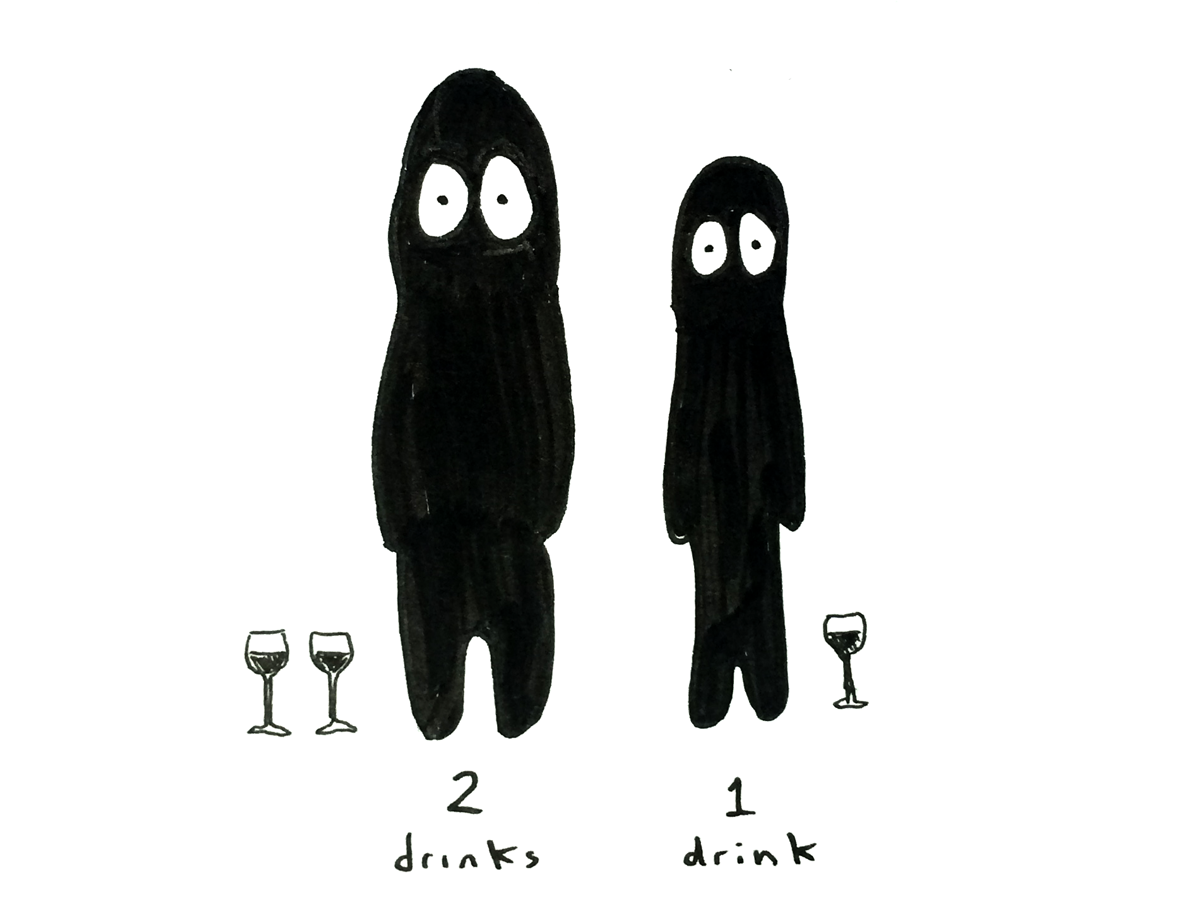Can you drink wine on a diet? Some of us can and some can’t. Let’s find out which wines work for a healthy diet and other important facts about wine versus your health.
Can You Drink Wine on a Diet?
Your metabolism and brain chemistry are unique to you, so be sure to talk to your doctor or a nutritionist for tailored advice. This article focuses specifically on the facts about wine and how to find the “most ideal” wines for a person with food restrictions, allergies, or who is limiting calories.
Many Wines Have Zero Carbs
Carbohydrates in wine come in the form of grape sugars left after the fermentation completes. Thus, a wine that ferments totally dry has no carbs because there’s no leftover sugar.
Wineries refer to leftover grape sugars as “residual sugar” or “RS” for short. And, many quality wine producers list a wine’s RS on their tech sheets.

Look for Wines With 3 g/L of Residual Sugar or Less
A good rule of thumb if you’re counting your carbs is to look for wines with 3 or less grams per liter of residual sugar. This is a low number and results in just 2.25 carbohydrates or less in an entire bottle.
The wine featured in this video has no carbs, and you can take a closer look at its technical details by clicking the wine information card above.
A Note About Prosecco (And Other Sparkling Wines)
Prosecco and sparkling wines are a pretty good choice for calorie-conscious drinkers because they usually only have about 11%–12% ABV. But be warned, nearly all common grocery-store Prosecco contains about 2–4 carbs per serving.
Here’s how to decode the sweetness level listed on sparkling wines:
- Extra-Brut: up to 0.9 carbs per 5 oz (150 ml) serving.
- Brut: up to 1.8 carbs per 5 oz (150 ml) serving.
- Extra-Dry: 1.8 to 2.55 carbs per 5 oz (150 ml) serving.
- Dry: 2.6 to 4.8 carbs per 5 oz (150 ml) serving.
Learn more about sparkling wine sweetness.

Wine Contains Calories in the Form of Alcohol
Alcohol contains 7 calories per gram, so no matter what, you’re going to consume calories if you drink. Most wines range between 12%–15% alcohol by volume (ABV) which results in a calorie range of about 90–120 calories per serving.
By the way, a standard serving of wine is just 5 ounces (150 ml), so no heavy pours!

Alcohol Tricks Your Brain Into Thinking You’re Hungry
One of the scientifically proven effects of drinking wine is that it initiates your hypothalamus and amygdala. These two basic brain centers control things like emotions, body temperature regulation, hunger, and libido.
Thus, it’s very common for people to think they are hungry if they have a drink. In this way, alcohol can act as an appetite stimulant.
So, if you know sticking to your diet is going to be a challenge to begin with, adding alcohol to the mix makes it even more difficult.

Moderate Drinking Offers the Most Benefits
Longterm studies with wine drinkers point to many benefits but it all goes null the moment you over drink.
The American Heart Association recommends that females drink no more than one drink per day and males no more than two drinks per day.
Why do men get to drink more? Biologically speaking, women have fewer alcohol-digesting enzymes than men which makes it more dangerous for women to consume as much.
Yes, You Can!
If you’re committing to improving your diet, we wish you the best of luck! After exploring the facts about wine and how it affects your body, we hope you choose what’s best for your situation. And, as always, salut!